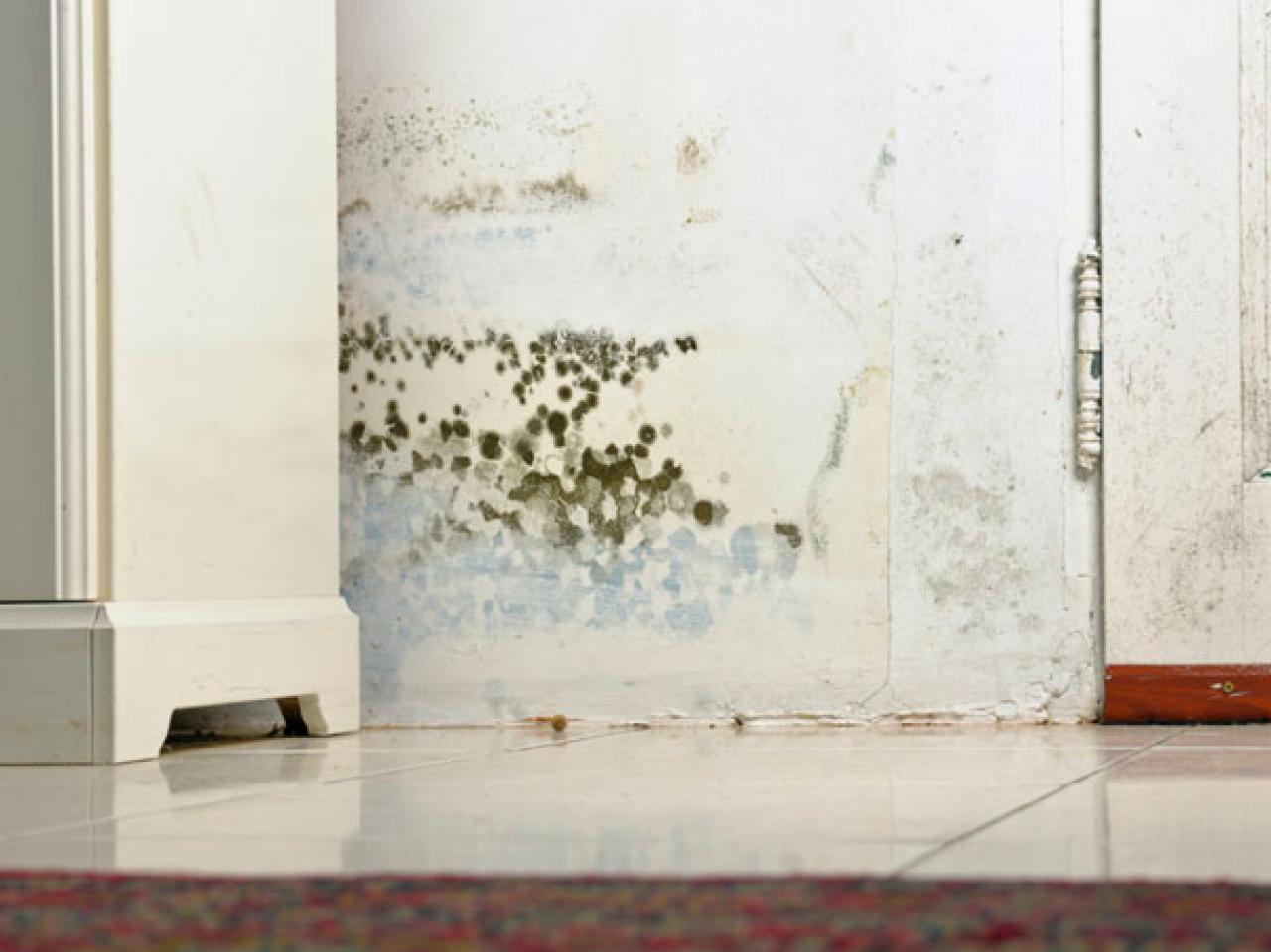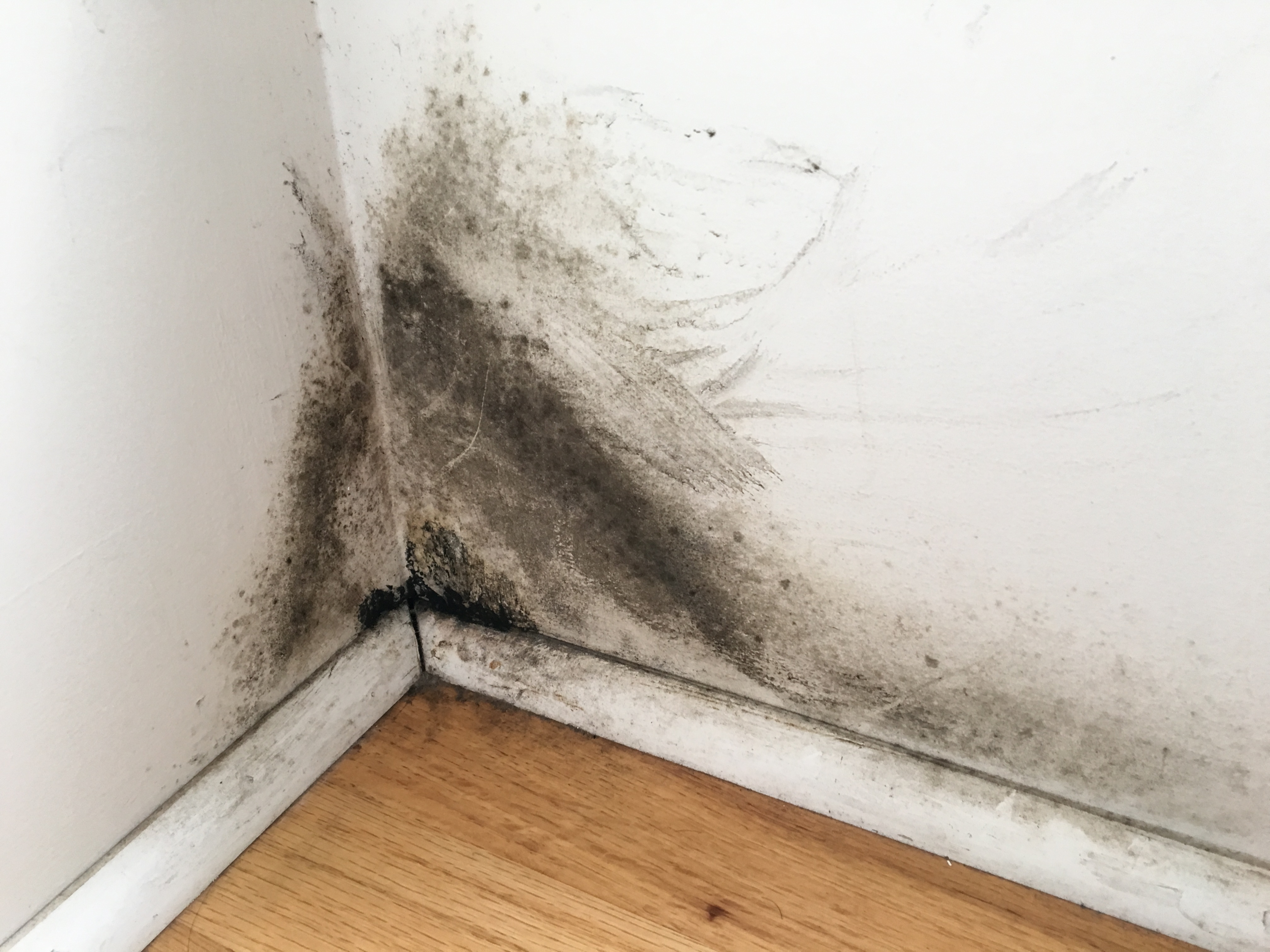Symptoms of Mold Exposure: In House and More
Table Of Content
- Learn more about mold and health effects in "A Brief Guide to Mold, Moisture and Your Home"
- How can I reduce my risk of developing a black mold allergy?
- How to Remove Mold from Interior Walls
- Who is most at risk for health problems associated with exposure to mold?
- What are the signs of mold sickness?
- How does mold get indoors?
- What are the symptoms of black mold exposure?

With the right interventions, even extensive mold damage can be repaired, and the home can be restored to its former state. Experts can also offer invaluable advice on moisture management and preventive measures beyond mold removal, ensuring the home remains mold-free in the future. In some cases, mold in your home can make you sick, especially if you have allergies or asthma. Mix a few drops of dish detergent with some water and dab the solution onto the surface with a sponge, being careful not to saturate the wood. The most common indoor molds are Cladosporium, Penicillium, and Aspergillus. We do not have precise information about how often different molds are found in buildings and homes.
Learn more about mold and health effects in "A Brief Guide to Mold, Moisture and Your Home"
Black mold is a fungus that may cause your immune system to react. Common symptoms include sneezing, coughing, congestion and eye irritation. It rarely causes serious illness or death but may worsen asthma symptoms. You can’t cure a black mold allergy, but a healthcare provider can diagnose it and help treat your symptoms.
How can I reduce my risk of developing a black mold allergy?
While mold is not the only reason for wallpaper separating from the wall, if the area also feels damp then mold is the likely culprit. It may be worth peeling back the wallpaper or scraping away paint in one of the affected areas to check for visible mold growth on the surface of the wall. It isn’t advisable to paint over mold, as the growth is likely to continue to reappear over time. Mold spores that are naturally present in the environment can spring to life when they encounter damp conditions in a home. The excess moisture provides mold spores with the water they need to germinate and flourish.

How to Remove Mold from Interior Walls
Tori Spelling Staying in RV With Her Kids Amid House Mold and Money Struggles: Pics - Entertainment Tonight
Tori Spelling Staying in RV With Her Kids Amid House Mold and Money Struggles: Pics.
Posted: Thu, 03 Aug 2023 07:00:00 GMT [source]
If mold has made an appearance on your favorite piece of furniture, don’t throw it away just yet. First, using the upholstery attachment on your vacuum cleaner, vacuum any loose spores from the surface. If this hasn’t done the trick, you can also dilute baking soda and water, before letting it sit for a few minutes before rinsing and drying.

Hallways, stairwells, and small spaces can often be left behind when it comes to the smaller details, but adding unique touches can go a long way in giving pass-though spaces a pause. In the 2017 idea house, designer Lindsey Coral Harper opted for yellow ribbon to lend a cheerful touch to the gray-striped wallpaper and creamy white wainscoting. The same concept can be done with paint to bring in a hint of color.
For these people, exposure to molds can lead to symptoms such as stuffy nose, wheezing, and red or itchy eyes, or skin. Some people, such as those with allergies to molds or with asthma, may have more intense reactions. Severe reactions may occur among workers exposed to large amounts of molds in occupational settings, such as farmers working around moldy hay. Molds can also cause asthma attacks in people with asthma who are allergic to mold.
What are the signs of mold sickness?
Here, an adaption of board-and-batten paneling (extra horizontal boards were added into the vertical battens) with a coat of Sherwin-Williams Celestial (SW-6808) does just that. In this eclectic living room, tone-on-tone molding painted the same shade of Sherwin-Williams Nocturne (SW-9520) with different finishes creates a stately but simple backdrop. The semi-gloss finish on the trim, paneling, and walls creates a subtle contrast to the more matte walls. Beadboard wainscoting with a double layer trim atop gives this primary bathroom an elevated look.
It is common in people who are sensitive or allergic to mold. While being around mold may cause minor effects for some, like a stuffy nose or coughing, it can cause stronger reactions in people with asthma, mold allergies, or weakened immune systems. Its spores may mistakenly trigger an allergic reaction in your immune system. An allergic reaction to black mold may cause various symptoms, including coughing, sneezing, congestion and irritated eyes. An allergist is a healthcare provider who specializes in allergies.
She said Saturday that she’s hired an attorney will seek a court order to prevent Seminole from demolishing the house. After hearing complaints for years and saying they’ve had enough, county commissioners have given owners of the dilapidated house on South Crystal View until May 9 to fix it or tear it down. By Anna GiorgiGiorgi is a freelance writer with more than 25 years of experience writing health and wellness-related content. There are no proven tests that show when or where you may have been exposed to mold. Bank deposit accounts, such as checking and savings, may be subject to approval. Deposit products and related services are offered by JPMorgan Chase Bank, N.A. Member FDIC.
All indoor environments have some mold spores in them, but this does not affect most people. To help prevent mold from returning, ask the local hardware store about antifungal paints and other products that can help prevent mold from developing. In people with asthma, an allergic reaction to mold may trigger an attack. Mold can cause health problems, especially for those with allergies or asthma. To avoid mold in your house, take action to eliminate it yourself or hire a professional if needed.
Immune-compromised people and people with chronic lung disease may get infections in their lungs from mold. It is impossible to get rid of all mold and mold spores indoors; some mold spores will be found floating through the air and in house dust. Indoor mold growth can and should be prevented or controlled by controlling moisture indoors. If there is mold growth in your home, you must clean up the mold and fix the water problem. If you clean up the mold, but don't fix the water problem, then, most likely, the mold problem will come back.
While there isn’t a device that actively “detects” mold like a smoke detector detects smoke, one of the best mold testing kits is an option. These kits can be used to collect samples from around the home, which are then sent to a lab for analysis. If pets ingest mold, they may also exhibit gastrointestinal symptoms like vomiting. It’s worth noting that because of their smaller sizes, animals may be affected by smaller amounts of mold than their human owners.
For extreme cases, you can leave the item to soak in hot water mixed with a cup of bleach for a couple of hours prior to machine-washing. Do not use bleach to remove mold from wood — it will struggle to penetrate the surface, so it won't clean effectively. During a blood test, your healthcare provider will use a thin needle (slightly smaller than the size of a standard earring post) to withdraw a small amount of blood from a vein in your arm. The lab test measures the amount of IgE in your blood that binds to black mold. Black mold needs warm temperatures and moisture to grow and spread. It commonly appears in damp or water-damaged areas of your home, such as basements, showers and windows.
Mold in the home happens when mold spores enter the house, either through open areas or when something carries them inside. It is OK to have some mold indoors, according to the United States Environmental Protection Agency. However, mold in the home can negatively affect a person’s health if it lands on damp or wet areas, as this is the ideal environment for growth. Molds produce spores, which spread by floating around in the air. There is no way to completely prevent spores, and they can persist in conditions where mold itself cannot grow.
Comments
Post a Comment